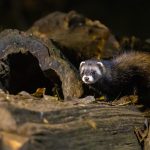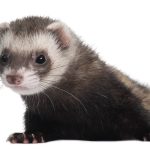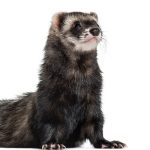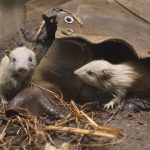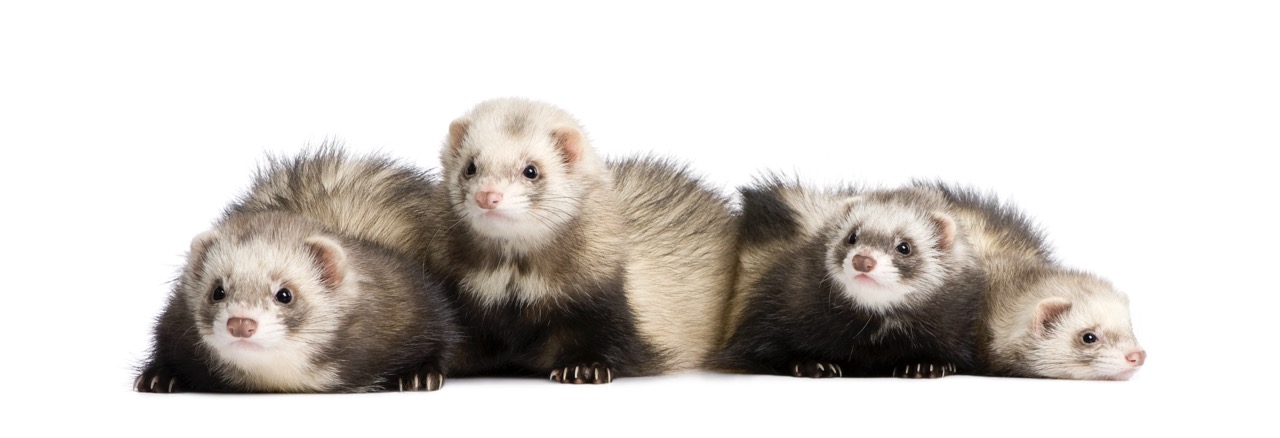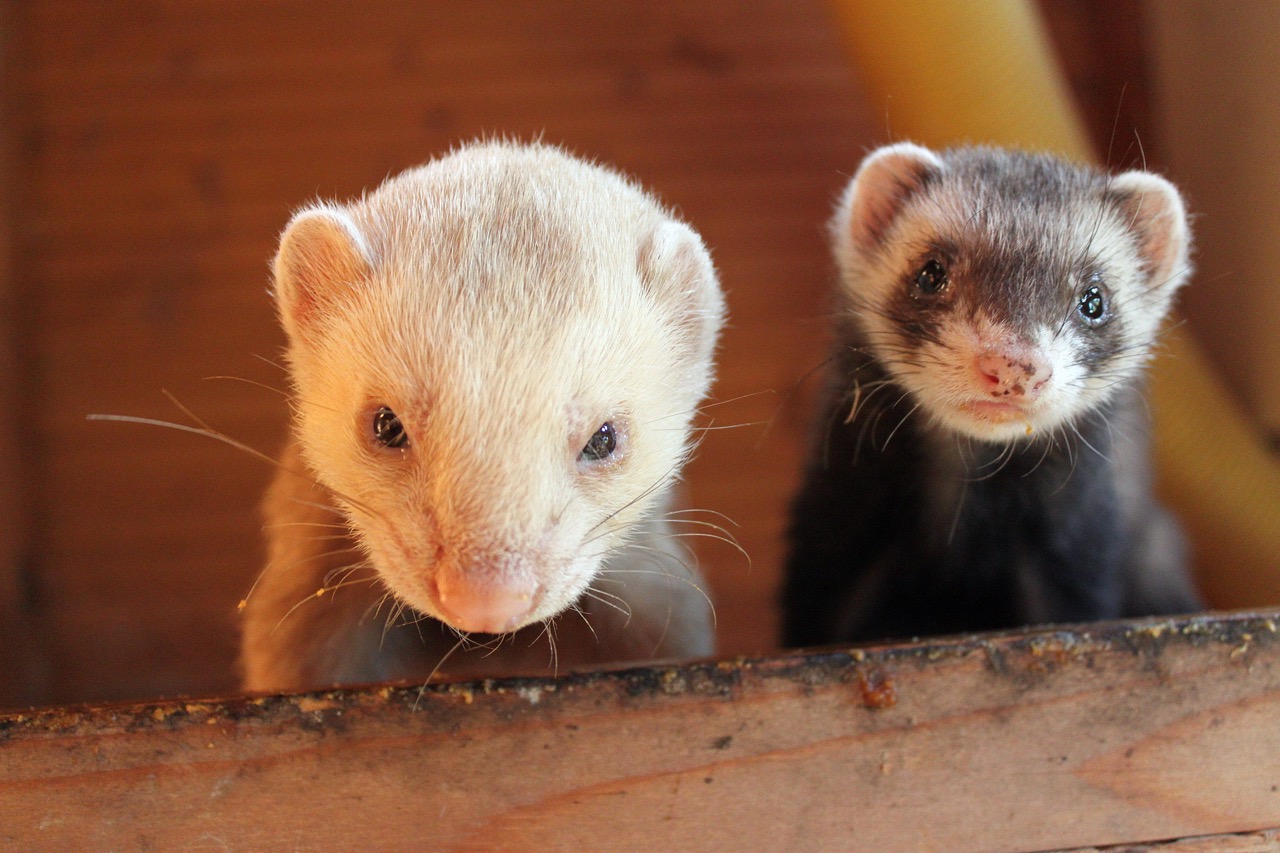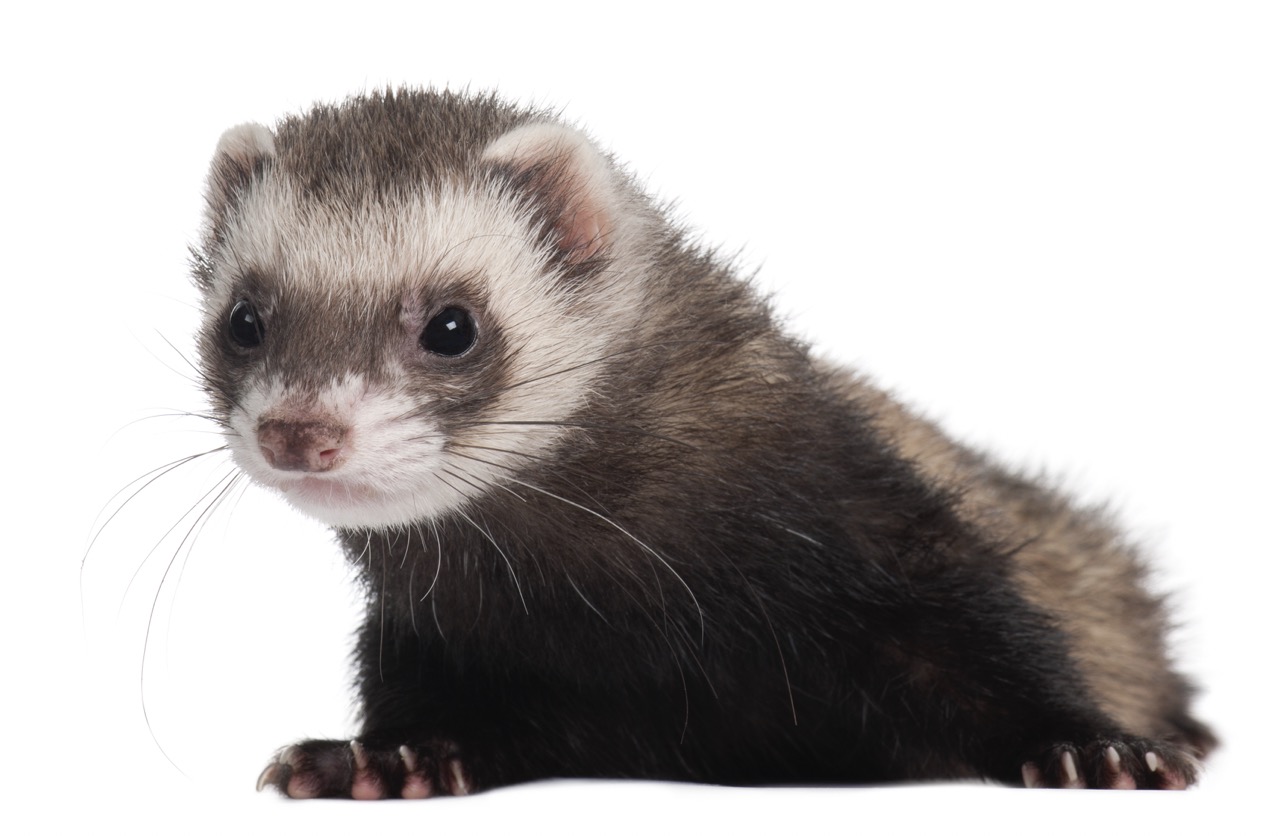Ferrets are agile and playful animals, renowned for their inquisitive nature and swift movements. Understanding how they utilize their muscular anatomy is key to appreciating their dynamic behaviors, especially their remarkable ability to pounce. This article delves into the structural and physiological aspects of ferret muscles, the importance of fast-twitch fibers, the techniques they employ for effective pouncing, and how these elements come together in their behavior.
Understanding the Anatomy of a Ferret’s Muscles
Ferrets possess a unique muscular structure that contributes to their agility and speed. Their muscles are composed of various fiber types, which play distinct roles in movement. The skeletal muscles, responsible for voluntary movements, are highly developed in ferrets, allowing them to navigate their environments swiftly. The overall muscle mass is relatively low, but the distribution and proportion of muscle fibers enable high levels of flexibility and mobility.
The anatomical configuration of a ferret resembles that of other small carnivores. Their limbs are short but powerful, providing a strong base for quick bursts of speed. The muscular system is complemented by a flexible spine, which allows ferrets to twist and turn rapidly, a trait often observed during their playful antics. This musculoskeletal design is essential for their survival as both predators and prey in the wild.
Moreover, ferrets have a well-developed core, which is critical for maintaining balance and posture during high-speed activities. Their abdominal muscles support sudden movements and help stabilize their bodies during jumps and pounces. A thorough understanding of ferret anatomy lays the foundation for exploring how these creatures maximize their muscle use for quick movements.
The Role of Fast-Twitch Fibers in Ferret Movement
Fast-twitch muscle fibers are vital to a ferret’s ability to execute rapid movements. Unlike slow-twitch fibers, which are more efficient for endurance activities, fast-twitch fibers are designed for explosive strength and speed. Ferrets have a higher proportion of fast-twitch fibers compared to other types, which facilitates their capabilities in sprinting and quick directional changes.
These fibers enable ferrets to engage in quick bursts of energy, essential for their hunting and playful behaviors. For instance, when chasing after a toy or another ferret, the fast-twitch fibers contract quickly, allowing for swift acceleration. This rapid muscle contraction is crucial when they need to escape predators or ambush prey in their natural habitat.
Additionally, the efficiency of fast-twitch fibers means that ferrets can quickly recover from strenuous activities. This adaptability allows them to engage in prolonged play sessions without significant fatigue. Understanding the role of fast-twitch fibers in ferrets’ muscle physiology helps explain their remarkable agility and quickness.
Techniques Ferrets Use for Effective Pouncing
Pouncing is an instinctive behavior in ferrets, allowing them to catch prey or playfully engage with their companions. This action typically begins with a crouched stance, where the ferret lowers its body and prepares to leap. This position helps compress the fast-twitch muscle fibers, enabling a powerful launch when the ferret decides to spring forward.
Timing and precision are key components of effective pouncing. Ferrets gauge their distance and adjust their trajectory by utilizing their keen eyesight and acute awareness of their surroundings. The combination of their flexible spines and strong hind leg muscles allows them to propel themselves into the air with impressive agility. This skill is not merely for hunting; it also serves as a form of play and social interaction among ferrets.
Furthermore, ferrets often utilize a variety of techniques to enhance their pouncing abilities. They may employ a "dive and roll" technique, where they leap forward and tuck their bodies into a roll upon landing, allowing for a quick recovery and readiness for the next move. This playful and energetic behavior showcases their physical prowess and reinforces social bonds with their companions.
Observing Ferret Behavior: Quick Movements in Action
Observing ferrets in their natural habitat or as pets offers valuable insights into their quick movements and pouncing techniques. When they engage in play, ferrets demonstrate a combination of speed, agility, and coordination that highlights their muscular capabilities. Their playful chases often resemble intricate dances, where they dart, twist, and leap with remarkable precision.
During playtime, ferrets frequently exhibit rapid direction changes and sudden stops, showcasing their muscle control and fast-twitch fiber efficiency. These movements are not just for entertainment; they also simulate hunting behavior, allowing young ferrets to practice their skills in a safe environment. Watching these interactions can provide a deeper appreciation for their physical abilities and their playful nature.
Additionally, the social dynamics among ferrets can further enhance the observation of their quick movements. When one ferret initiates a chase, others often follow suit, leading to a display of synchronized pouncing and darting. These behaviors illustrate not only their muscular efficiency but also the importance of social interaction in their overall activity levels and well-being.
Understanding how ferrets utilize their muscles for quick movements and pouncing reveals the fascinating interplay between anatomy, physiology, and behavior. Their specialized muscle structure and reliance on fast-twitch fibers enable them to execute rapid, agile movements essential for hunting and play. Observing ferrets in action provides valuable insights into their capabilities and highlights the importance of their physical abilities in enhancing their quality of life. Ultimately, these insights foster a greater appreciation for the unique characteristics of these playful creatures.

